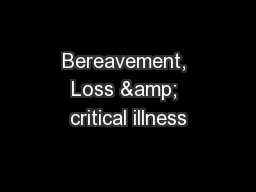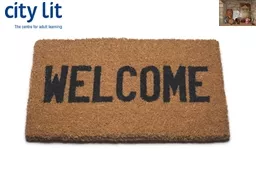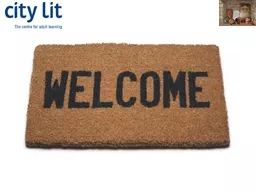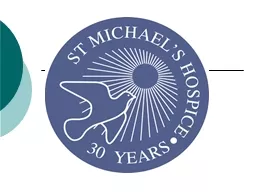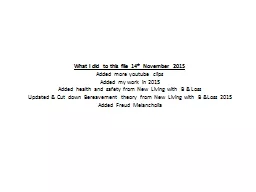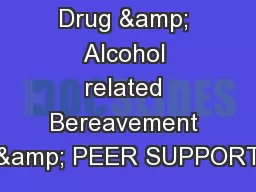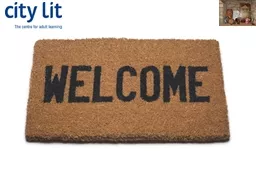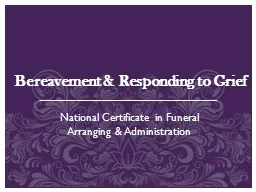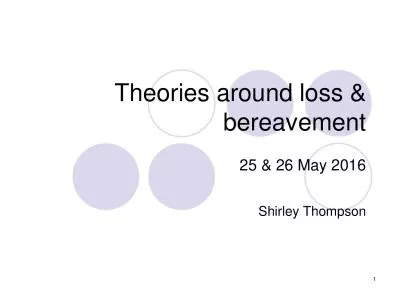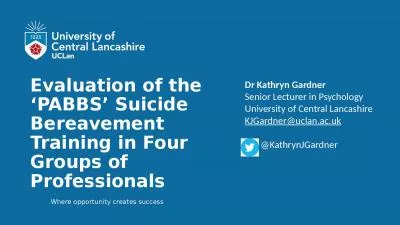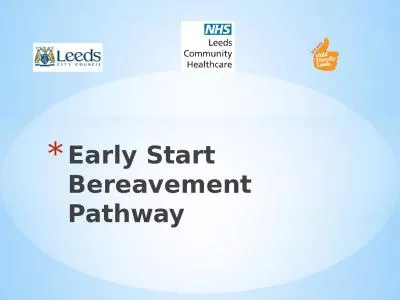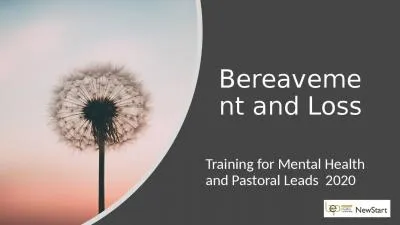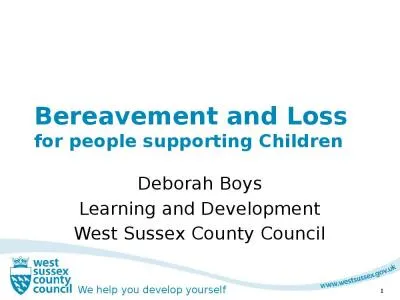PPT-Bereavement, Loss & critical illness
Author : phoebe-click | Published Date : 2015-10-26
Dr Joanne Robinson Chartered Clinical P sychologist DClinPsychol CPsychol One eye sees the other feels Paul Klee BereavementGrief Is a normal process Persistent
Presentation Embed Code
Download Presentation
Download Presentation The PPT/PDF document "Bereavement, Loss & critical illness" is the property of its rightful owner. Permission is granted to download and print the materials on this website for personal, non-commercial use only, and to display it on your personal computer provided you do not modify the materials and that you retain all copyright notices contained in the materials. By downloading content from our website, you accept the terms of this agreement.
Bereavement, Loss & critical illness: Transcript
Download Rules Of Document
"Bereavement, Loss & critical illness"The content belongs to its owner. You may download and print it for personal use, without modification, and keep all copyright notices. By downloading, you agree to these terms.
Related Documents

